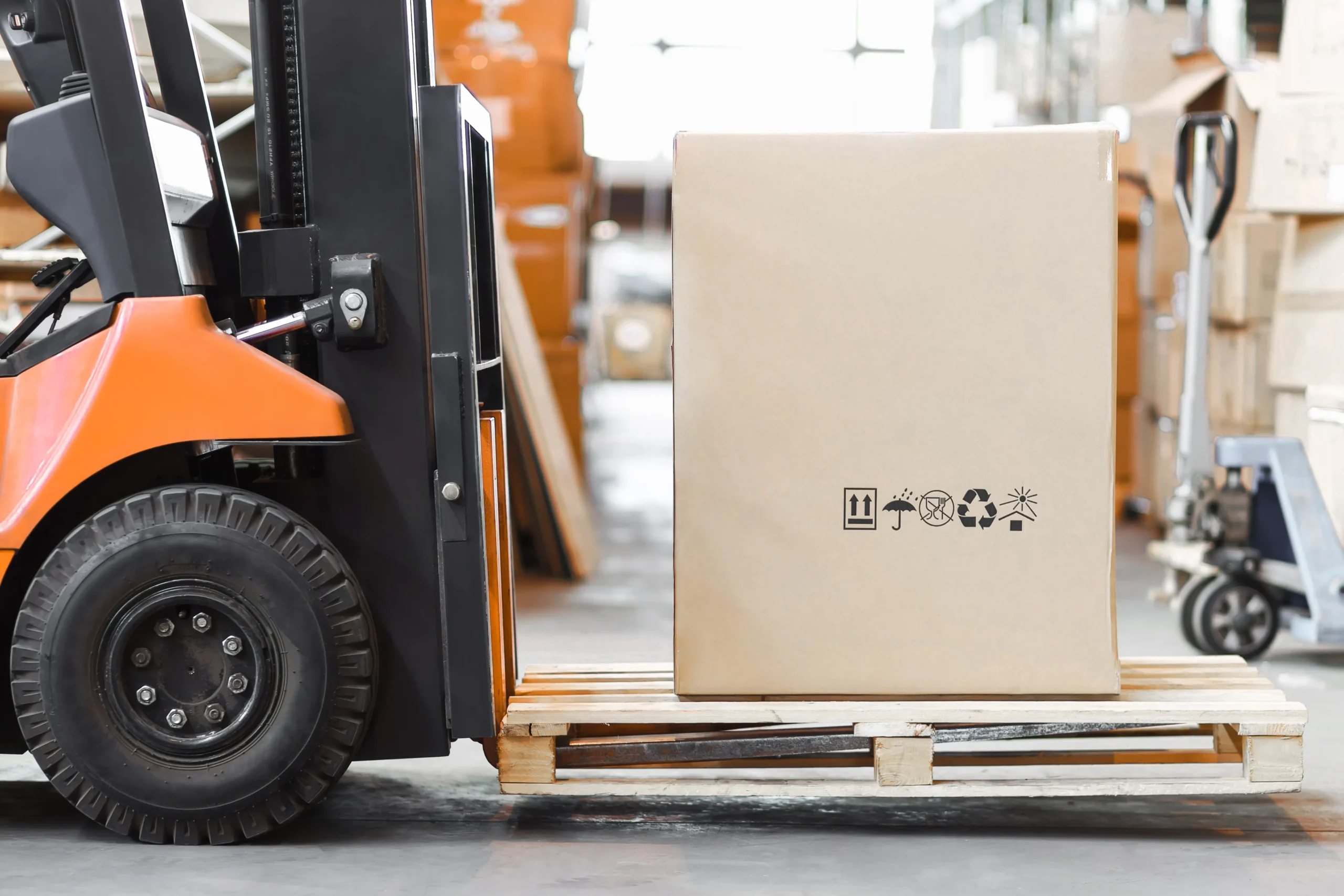The global supply chain management market was valued at $15.85 billion and is expected to experience a CAGR (Compound Annual Growth Rate) of 11.2% from 2020 to 2027.
It’s predicted to reach almost $31 billion by 2026.
Massive supply chain growth implies two things:
- Supply chains are getting more complex
- Higher complexities = increased risk of making supply chain and inventory management errors
Therefore, stock control and inventory management strategies must drive higher profits.
Because inventory management mistakes are common for all companies. Big or small.
Catching these mistakes reduces loss.
Let’s look at some common supply chain errors and strategies to tackle them.
Inventory Management Mistakes Supply Chain Companies Make
1. Insufficient Investment in Human Resource
Inventory management systems are complex, unintuitive, and employees in this sector are overworked and overburdened.
Most organizations are reluctant to spend on training and development of employees managing inventory.
Plus, the number of employees working in inventory is often inadequate and disproportionate to the number of stock operations per hour.
Limited workforce + lack of training = potential disaster for management systems (and your business).
Companies invest millions in complex supply chain software to help them speed up operations and performance. But they rarely go the extra mile to provide their staff with the vital training to operate these tools efficiently.
Not training your employees with appropriate skills comes with many risks:
- Loss of critical data that may result in profit casualty of millions
- Loss of critical time during do or die operations that lead to financial catastrophe.
Solution: Equip your inventory management staff with the right training, tools, and skills so that they know how to handle high-risk situations with ease.
2. Unorganized Storage
a. Lack of product catalog
Without an accurate product catalog, it is impossible to track and update records of obsolete, active, new, and unavailable products.
The product catalog or product ledger should be updated on a regular basis – either daily, weekly, or monthly to maintain supply chain efficiency.
b. Ineffective utilization of space in the warehouse
Warehouses are not always organized to optimize storage systems.
Storage should be divided between fast-moving products and slow-moving products to optimize picking efficiency.
- Fast-moving products should be placed in easy-to-access inventory workstations
- Slow moving products can be placed in the further sections of the warehouse.
Arrange the goods in different sections and further divide them into sections, rows, racks, and shelves for faster retrieval.
3. Incorrect Inventory
a. Stocking too much or too little
Sometimes too much inventory is ordered to avoid production shortages.
When that happens, the cost of warehousing, damage to inventory, depreciation values aren’t considered or calculated = huge losses for the company.
Too little inventory can cause production disruption and waiting time leads to losses.
Solution: Take care when stocking critical, non-depreciating items first. Use predictive analytics to calculate stock and replenish inventory based on historical patterns.
b. Safety stock on all products
Maintaining safety stock on all products is a risky proportion, as the demand for all products isn’t the same.
Breakdown: the stock for fast-moving products and not-so-fast-moving products should never be the same.
c. Stocking in multiple locations
Multiple storage locations result in surplus inventory.
Now, there are two possible scenarios:
- The higher the number of stocking locations, the higher the quantity of the same product due to over-ordering.
- Multiple stocking locations can lead to scarcity since the stock is scattered in several locations.
d. Yearly Physical Inventory
Yearly physical inventory needs businesses to shut down from anywhere between a day to a week.
This practice is not only time-consuming but also high on human labor requirements and is, therefore, an expensive affair.
However, doing regular checks of one section of inventory daily can help keep the inventory stock up-to-date and do away with the yearly shutdowns and save supply chains from a heavy financial risk.
4. Inaccurate forecasting
Inventory monitoring makes it easier to plan product orders based on demand. Product forecasting helps adjust inventory levels and reduces risks accurately.
It also enables the team to be well prepared to process incoming orders in time AND meet customer expectations without mixing up orders and demands.
5. Not Hiring A Logistics Expert
Most small business owners tend to do inventory management themselves or hand it to unqualified or untrained employees. This results in inaccurate inventory management.
A supply chain and logistics expert with an inventory background helps you evaluate suppliers, streamline the purchase processes, make accurate projections, and choose the right inventory management system to maximize supply chain efficiency.
Not hiring an expert like this can complicate supply chains further and result in uncompensated losses.
6. No Supply Chain Metrics
Inventory management and business strategy should be aligned together for the supply chain to function smoothly.
Creating a logistics model to reduce supply chain costs requires you to focus on crucial supply chain metrics like customer order cycle time, stock coverage, customer availability rate, inventory turnover, etc.
Without tracking these metrics, companies miss out on huge profit-making opportunities and run into risks and losses due to inefficient supply chain management.
7. Manual Inventory Management
Many companies have manual inventory management, whose drawbacks include a lack of:
- Accuracy
- Dynamic data
Acquiring real-time data fast is impossible with manual ledgers and records. (Bye-bye excel hell)
But automated systems can eliminate errors to a large extent and help in achieving accuracy in calculations that impact planning – think minutes instead of months.
Systems like barcode tracking, RFID, predictive analytics, and logistics intelligence allow accurate identification and tracking throughout the supply chain.
Automation in warehouses helps in reducing human error in inventory management while improving productivity.
With automation, even small companies can maximize scalability, to save time and human effort.
Need help systemizing your inventory, predicting supply chain demands automatically, and preventing heavy losses due to overproduction or underproduction? Book your free demo with Sifted today.











